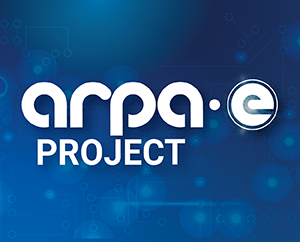Computing Through Silicon Photonics

Technology Description:
Columbia University will develop a new platform for generating multiple simultaneous optical channels (wavelengths) with low power dissipation, thereby enabling optical interconnects for low power computing. Optical interconnect links communicate using optical fibers that carry light. Wavelength-division multiplexing (WDM) is a technology that combines a number of optical carrier signals on a single optical fiber by using different wavelengths. This technique enables bidirectional communications over strands of fiber, dramatically increasing capacity. Low-power lasers generate the wavelengths used in a WDM system, but it is important to stabilize the wavelength for each channel to allow for precise separation and filtering. The importance of stabilization increases when the number and density of wavelength channels increases. Energy use also increases because each of the laser sources must be individually stabilized. In contrast, the Columbia team proposes using a single high-powered stabilized laser to generate greater than 50 wavelength sources with high efficiency using an on-chip comb. This approach can improve laser energy efficiency from 0.01% to 10%.
Contact
ARPA-E Program Director:
Dr. Michael Haney
Project Contact:
Dr. Michal Lipson
Press and General Inquiries Email:
ARPA-E-Comms@hq.doe.gov
Project Contact Email:
ml3745@columbia.edu
Related Projects
Release Date:
